We’re a step closer to enjoying a larger Formula 1 field in the near future following the news that the FIA is planning to allow prospective teams to declare an interest in joining F1.
At the moment it’s just a proposal made by FIA president Mohammed Ben Sulayem on Twitter but it could mark the start of a process that would ultimately expand the grid beyond the current 10 teams.
But who F1 be trying to attract? New manufacturers? Plucky independents? Or is it better off just sticking with 10 teams it has?
Our writers give their verdict:
F1 should aim for 26 cars – but only with credible additions
Edd Straw
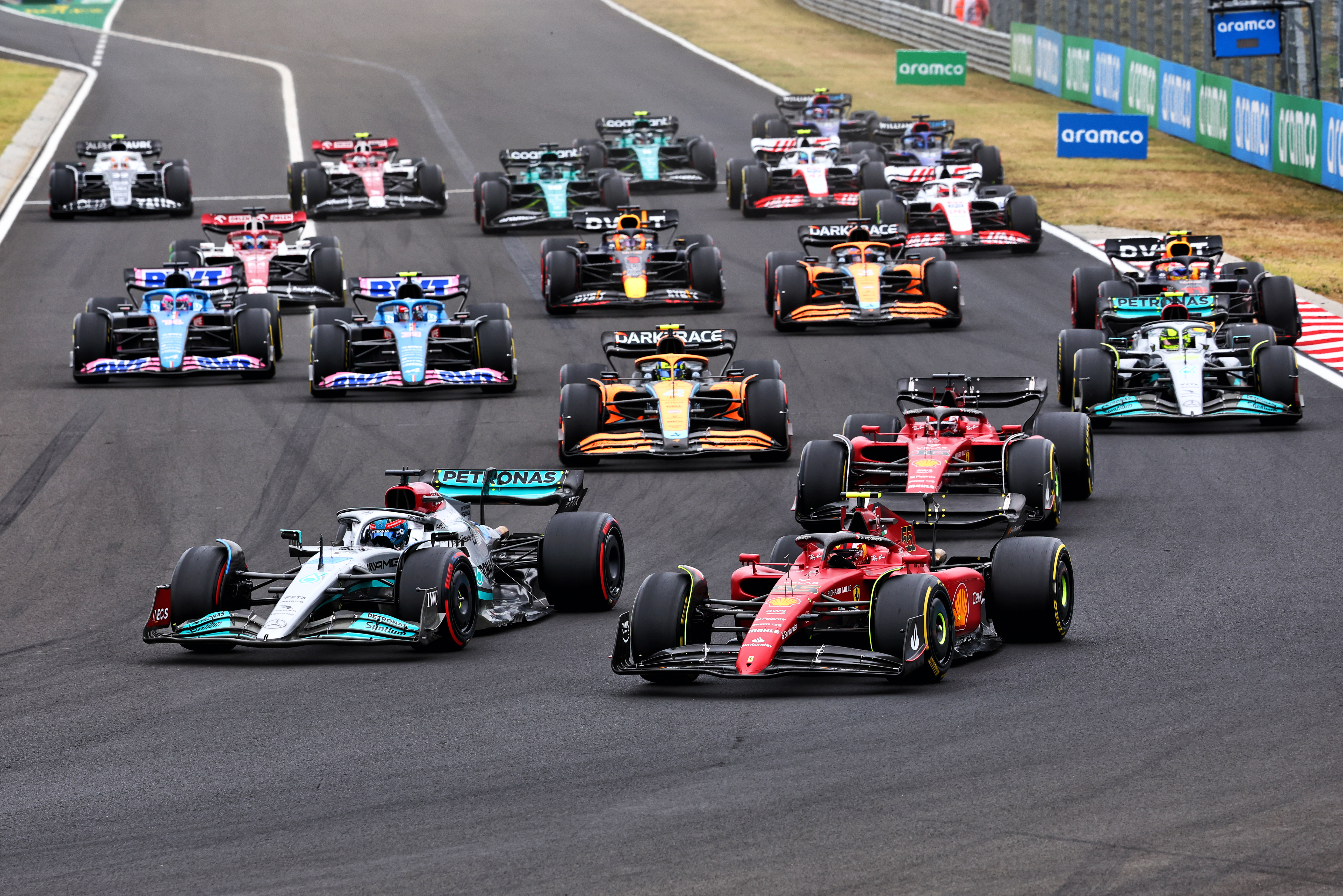
F1’s recent success will attract endless chancers eager for a piece of the action, just as it did in the late 1980s and early 90s when a string of questionable teams attempted to break into grand prix racing. Some were credible, although few of those survived, while others were fantasists – or worse. While this produced some wonderful stories, it doesn’t work with today’s model.
Today, F1’s landscape is very different. The combination of the financial regulations, the 2021 Concorde Agreement and F1’s economic growth means the 10 teams should, after years of the majority struggling, not only be on rock-solid financial ground but also be worth serious cash. There’s talk of a time when every F1 team could be a billion-dollar asset and competitive on track.
But that stability does require control, which is why it’s necessary to set a high bar for entry. So the answer to the question is simple; F1 should be looking to grant an entry to any credible organisation that can prove it has the prodigious funding required and is willing to spend it should be allowed an entry. That includes a willingness to invest in F1 as a whole by adding something beyond just a couple of cars on the grid.
That there will be vanishingly few entities capable of fulfilling the criteria will ensure only those capable of genuinely adding to F1 will make it. That’s as it should be and will mean that even finding another couple of workable teams is no foregone conclusion.
F1 should aim for a capacity grid, which according to Article 8.2 of the sporting regulations is a healthy 13 two-car operations. What stands in the way of that is the risk the existing teams will want to wall off F1 completely through self-interest.
Therefore, it’s logical for there at least to be some formalised process to ensure the door of what risks being a closed shop is left ajar.
Allowing F1 to stagnate would be a mistake. Allowing in the right aspirants – if they make a compelling case – will be to everyone’s benefit and further drive F1’s growth.
Lure in a big brand
Glenn Freeman
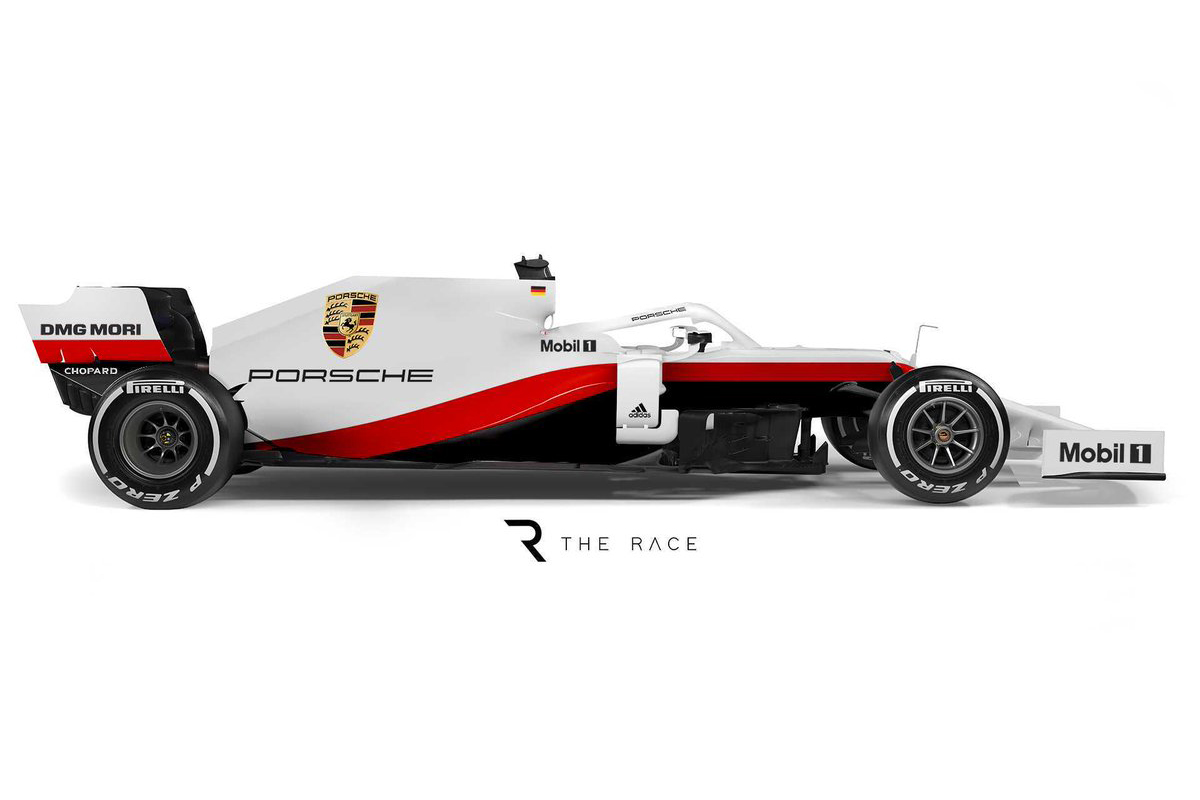
Let’s go big: the next new F1 team should be a manufacturer entry. The landscape has changed beyond recognition since the last manufacturer boom/bust cycle in F1. With the cost cap in place, running an F1 team should no longer be the financial black hole it was in the first decade of the 21st century.
It’s still a massive ask to start something from scratch, particularly if you’re talking about setting up a team and an engine project to go with it. But this is a chance for a new entry to bring some prestige to the F1 grid.
There are two leading candidates who have a slight head start. Honda has recent enough engine experience and an ongoing toe-in-the water via its Red Bull connection that it could turn its lingering interest in the 2026 engine regulations into a full-blown manufacturer entry (or maybe just buy AlphaTauri). It must bug some of the high-ups in Japan to see all the success Mercedes has got out of the Brackley operation that was Honda’s last attempt at a works team.
Alternatively, there’s Porsche. If an awkward deal can be struck internally at the VW Group to run a badged Audi engine, then Porsche doesn’t even need to commit to a team-and-engine combo. It can use what must have been a sizeable chunk of money that was set aside to buy into 50% of all of Red Bull’s F1 operations to go it alone.
Manufacturers can be fickle
Gary Anderson
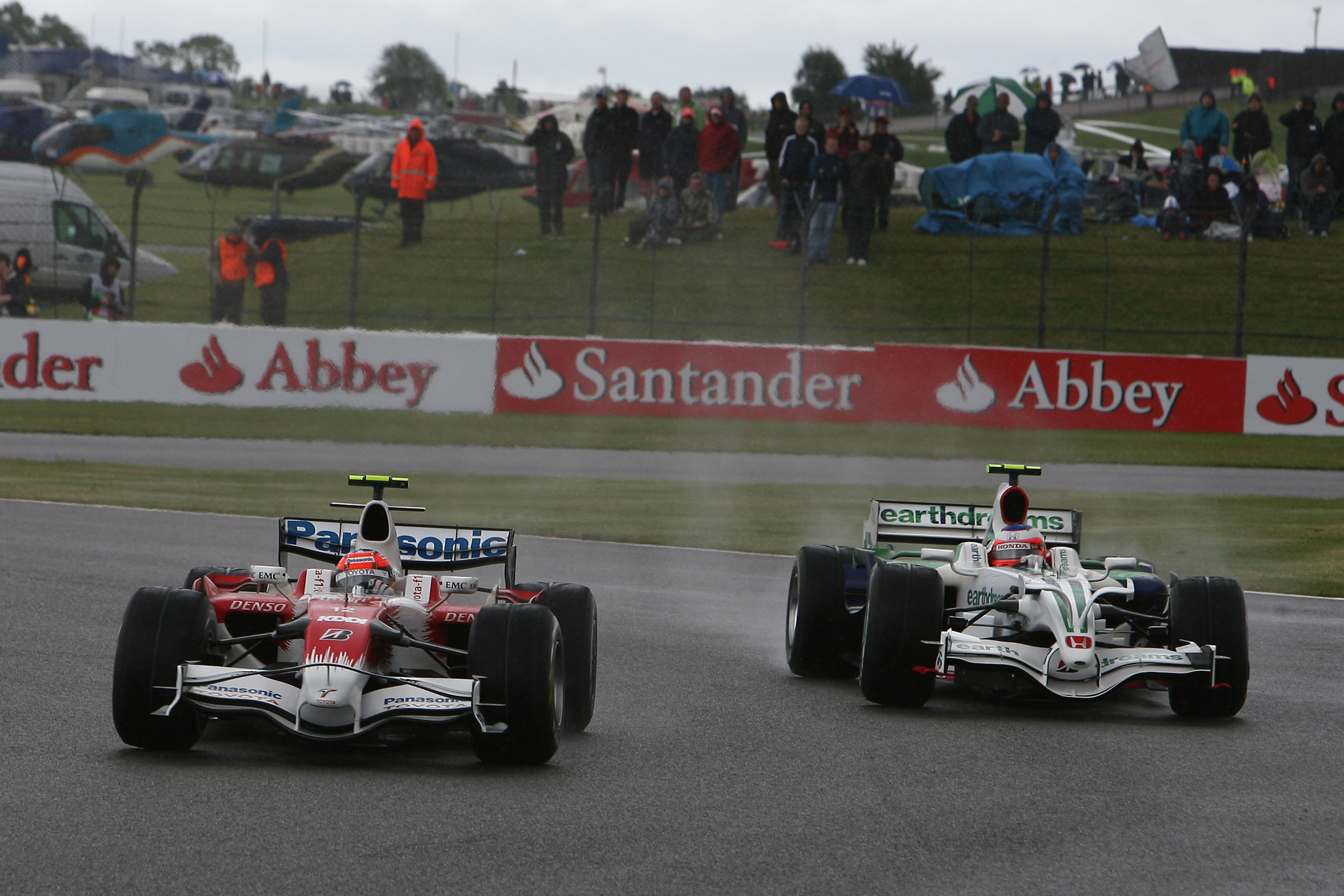
Opening up the entry list to prospective new entrants could have a negative impact on the existing teams. If a new team comes in, with immediate effect the existing ones become worth less. However, given the need to pay an ‘anti-dilution’ fee of $200million as well as finding the operation budget of $140million, plus the vast sums needed beyond that cost cap baseline figure, this is dream money to most racing teams as we know them.
It would be great to see a successful team from Formula 2 climb the ladder to F1, or an operation from another top series stepping up. Jordan and then Sauber were the last to take on that risk successfully, Haas was the latest but it is a different case as it’s reliant on its technical partnership with Ferrari. The fact they are all still in F1, one way or another, shows it is possible.
As for works teams, the problem with them is that they come and go. For car manufacturers, there are difficult times ahead with the more or less global requirement for non-fossil fuel cars. To comply with that, any spare cash that a car company has needs to be spent wisely on future road car development.
There is no easy solution to the challenge of getting more cars on the grid. Andretti has been making noises for a long time, so now we will see if it is all talk or if it really is prepared to put it all at risk.
A Jordan equivalent
Matt Beer
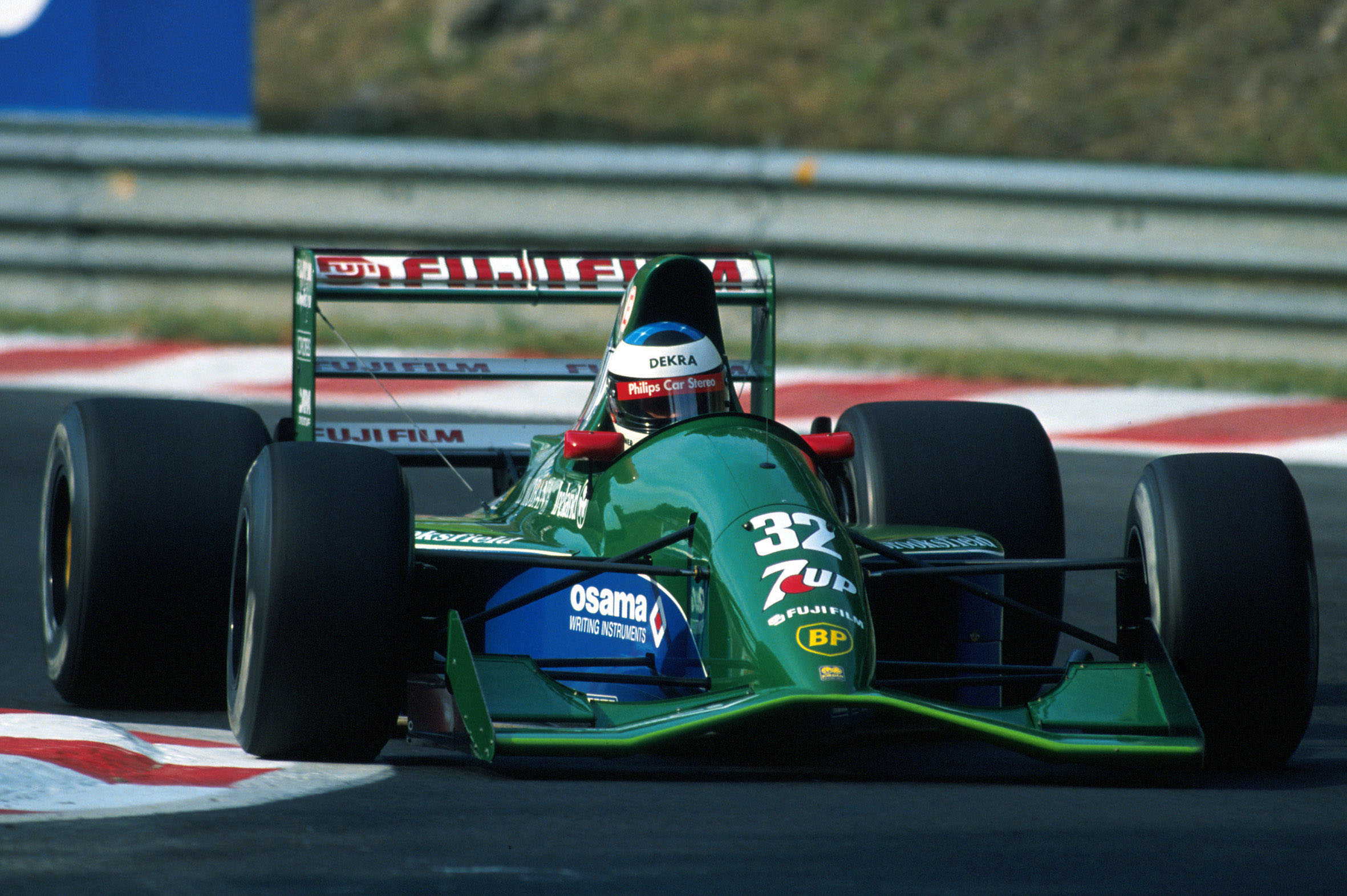
The technical and resource gulf between being a successful junior single-seater team and a successful F1 team is so vast that there’s really no point in the likes of Prema, Carlin or MP Motorsport aspiring to get on the grand prix grid in their own right. Drivers, personnel and even team bosses (two of F1’s top three squads are now led by people who made their names running top teams on the F1 ladder – Christian Horner at Red Bull and Fred Vasseur at Ferrari) can dream of promotion, but there’s no upward mobility for a Formula 2 team itself.
And while it’s easy to say that this is because of how rarefied modern F1 has become in parallel with junior series all going single-make and zero-development over recent decades, there’s actually barely any history of teams successfully rising into F1 in their own right. But there’s plenty of history of leading junior teams pulling together F1 programmes then being humiliated and destroyed when they got there (see Pacific, Forti and more recently Manor), or of trying but not even making it onto the grid (see the very, very angular unraced DAMS F1 car of 1995).
That makes the few success stories all the more special. Jordan is the obvious one, and Stewart counts too even if the fact it arrived as a Ford works partner gave it a head start over most other F3/F3000 graduate teams.
If the F1 paddock doesn’t feel IndyCar frontrunner Andretti offers enough value to be worth adding to the grid then there’s zero case for giving F2 champion team MP or its main rivals a shot even if they had the resources. Yet as F1 embraces its feeder series more and more in the current era, the fact it’s impossible for F2/F3 teams to dream of becoming an F1 team one day feels like a (frankly very Netflix-friendly) storyline going to waste.
Time for Andretti to put up or shut up
Scott Mitchell-Malm
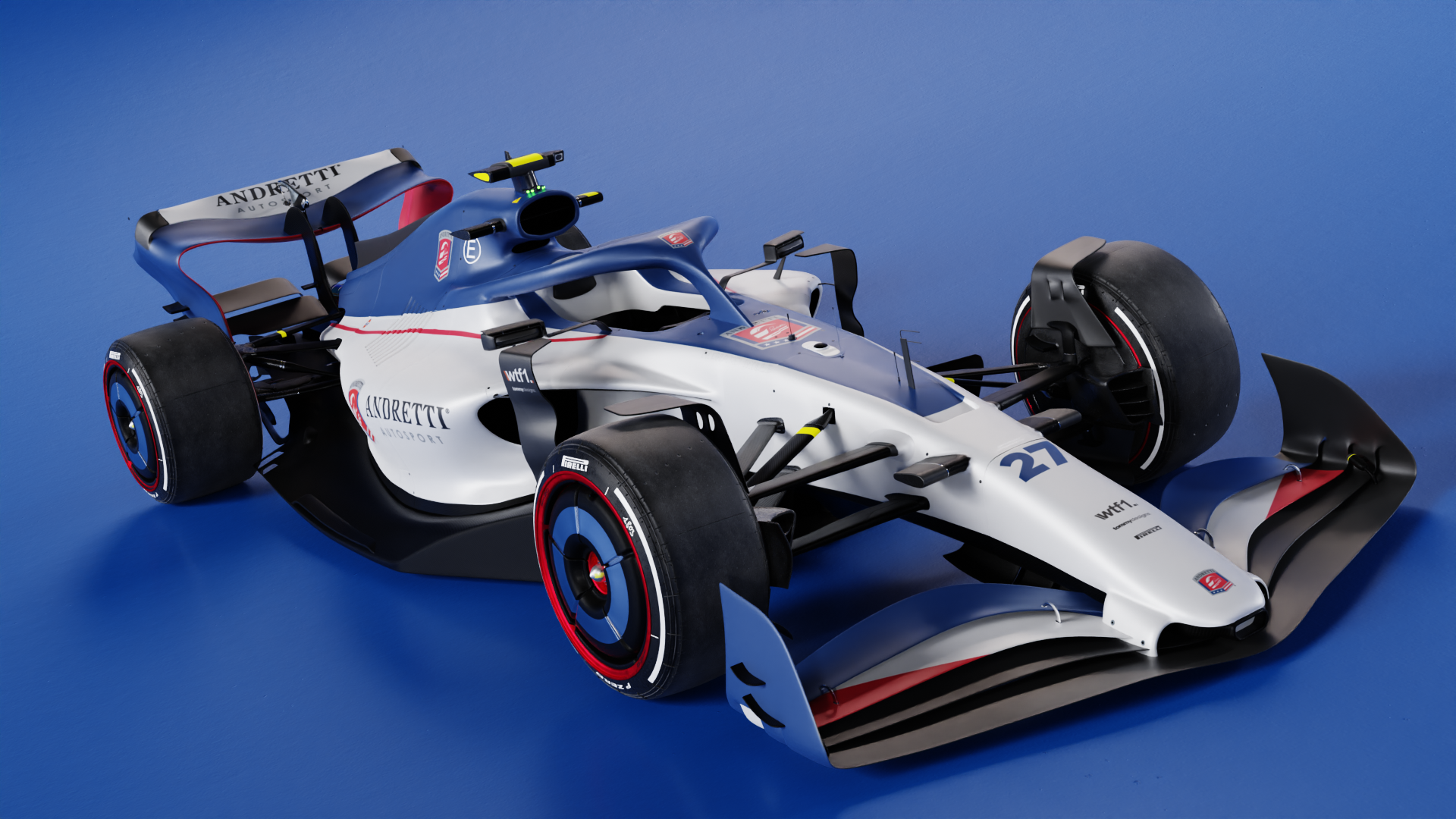
If the FIA does formally open an entry process for a new team to join the Formula 1 grid, it is time for the Andretti family to put up or shut up.
While that might seem a bit blunt, it’s intended to reflect how many of F1’s stakeholders will feel about easily the most vocal prospective entrant over the past 12 months or so.
The Andrettis have taken an unusually public approach with their declarations of interest in an F1 team, a strategy that backfired once already with how it hurt negotiations with Sauber in late 2021 and definitely put noses out of joint among F1 stakeholders in 2022 as well.
That approach to a would-be Andretti Global team in 2024 has been unorthodox from the start and has perhaps undermined the basic headline points around such an entry that are really impressive: the strength of the Andretti name, the experience of racing in various series (especially IndyCar), the suggestion of an engine deal already lined up in principle, and the commitment to build a new headquarters in the United States.
These things could, maybe should, combine to make Andretti a perfectly legitimate option for a new F1 team that, as so many senior figures in the championship have stressed is necessary, brings extra value on and off the track.
Though the Andrettis have claimed to have submitted documents to the FIA, it’s never been disclosed what they’ve sent, to whom, or why, given there has been no entry process open.
With that potentially changing, the Andrettis will need to put all their cards on the table. That can include the financial commitment that will underpin such a team, an outline of its ambitions and a timeline for when that can be achieved. F1 and the FIA want serious and ambitious contenders but need them to be realistic as well. There’s no use having an 11th that crashes and burns in just a few years, whatever the reason for that.
In theory, it would be a massive benefit for F1 to get another well-funded, long-term American project attached to a name like Andretti. So far, the refusal to open up the entry process has meant that’s been all talk.
Maybe that can finally change.
How about a credible legacy project?
Sam Smith
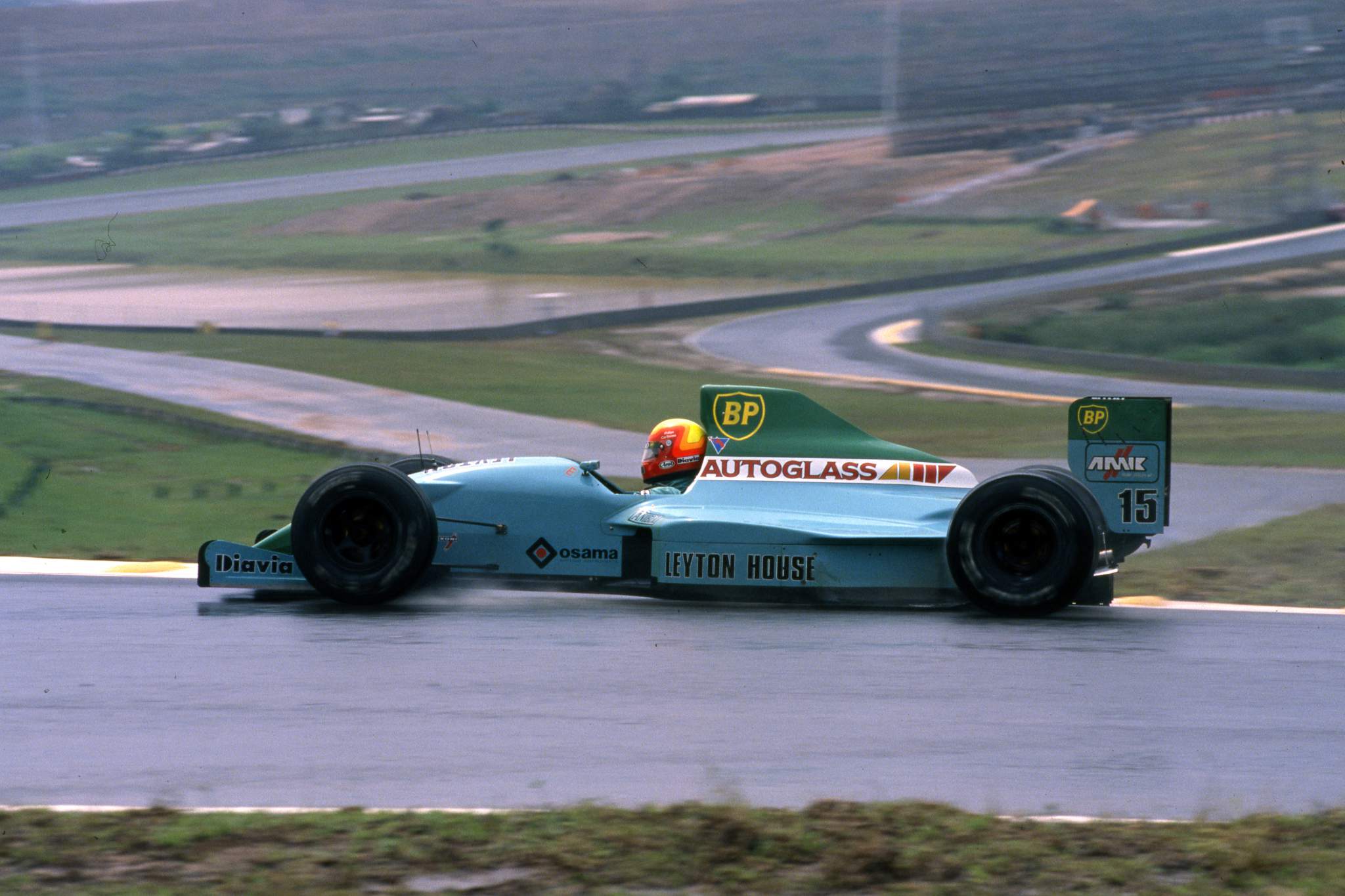
Imagine a Prema-Lotus, ART-Ligier or United Autosports-Lola team on the Formula 1 grid in 2026. A mix of the old and the new, of F1’s heritage and its future.
It might seem fanciful and it might seem idealistic but it’s happened before. March was reborn via Leyton House (pictured above) in 1987, while the Lotus came back in the last decade – although that one was a bit more complicated!
Even outside of F1 some of the old familiar names are reappearing. Vanwall could be seen at Le Mans later this year, Lola began a third epoch last June when bought by IMSA racer Till Bechtolsheimer and Ligier has long since been providing LMP3 and LMP2 cars in endurance racing.
Formula 1 is becoming increasingly zeitgeisty, especially with the success of Drive to Survive and the character-led development of young drivers such as Charles Leclerc, Lando Norris and of course Max Verstappen.
Perhaps that might mitigate against looking back too far into its own history. But as my colleague Matt Beer argues, some of yesteryear’s memories still resonate strongly, to the point where retro-chic actually could become commercially viable once again.
Reality dictates it’s unlikely to happen but perhaps if FIA president Ben Sulayem’s recent proclamations are backed up by actions it will stand a better chance of surprising us all.
What a story it would be if a great old name and its legacy could be modernised for a whole new generation to enjoy.
Another independent team, please
Jack Cozens
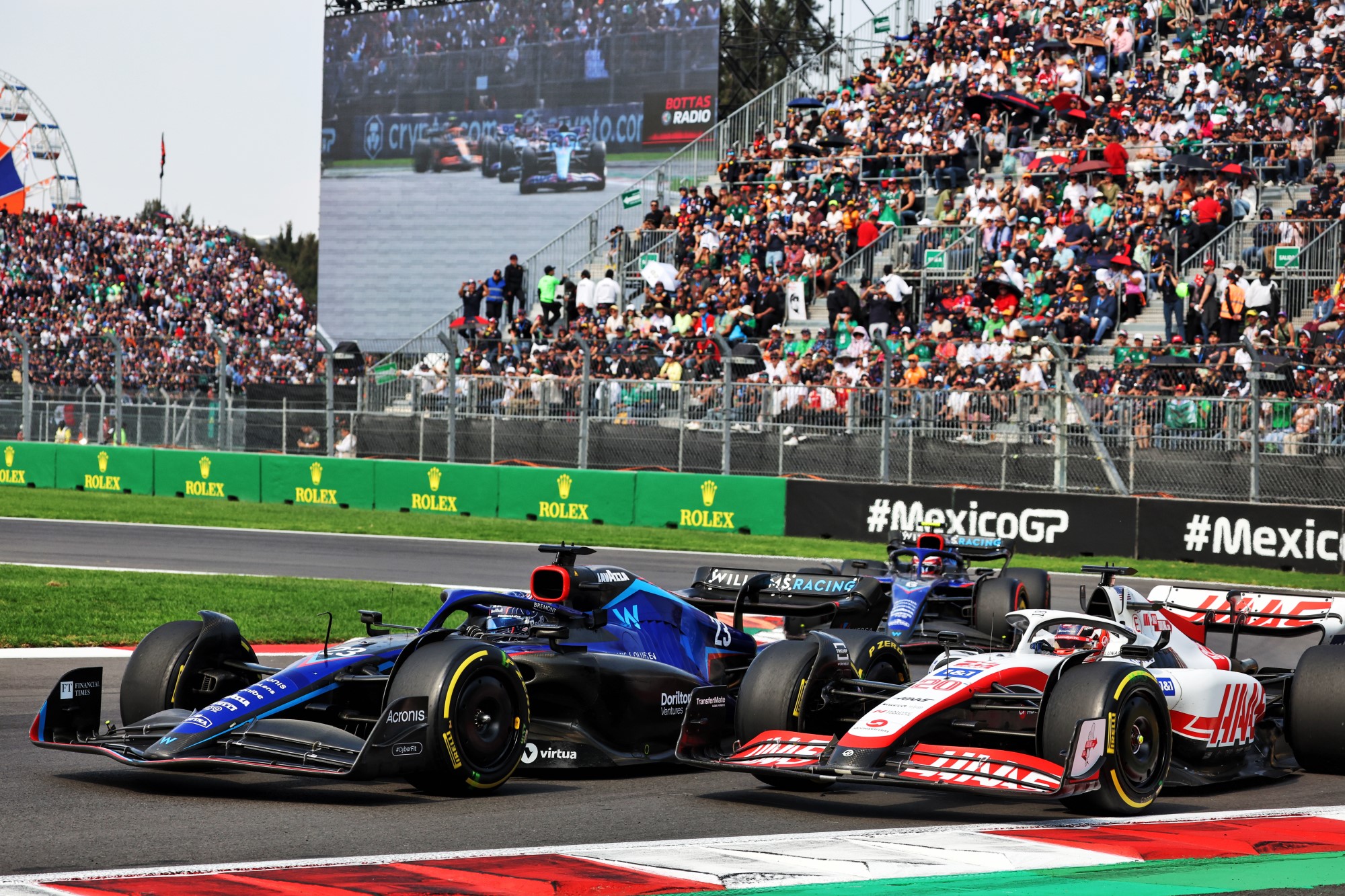
This suggestion appears to be at odds with what The Race understands to be F1’s position on what its next team should look like, but I’ll say it anyway: the best fit in my opinion would be another independent outfit.
As Gary Anderson points out, manufacturer interest waxes and wanes over time. Sure, Mercedes has been unwavering in its commitment since joining and Renault, either side of the Lotus era, has stuck around, but you don’t have to look far past that to recall the exits of Honda, Toyota, and BMW in a relatively small window for relatively similar reasons. Automotive market trends shift and those are still going to have a big impact on a manufacturer’s plans, regardless of F1’s boom in popularity.
Setting out robust criteria for entry with a high threshold for proof of solvency is an absolute must. But an independent can surely meet any such demands.
That independent doesn’t necessarily have to be Andretti, but let’s take that case given it appears to have an advanced idea of what it wants to do among prospective entrants. It’s the sort of prestigious name that would add to F1, and the fact it has a Renault engine supply deal lined up would offer the Alpine/Renault entity a performance incentive and for F1 would increase the chance of a longer-term commitment from not one but two parties – that applies for any supplier-privateer combination too.
The cost cap should in theory help to reduce the field spread, so if that’s left to do its work there’s every chance a new team can succeed regardless of any manufacturer’s clout.
If that process is handled correctly, surely it’s no fantasy to believe a new independent would be at least capable of competing at the current level of a Haas or a Williams.
F1 might not be ready for this just yet
Ben Anderson
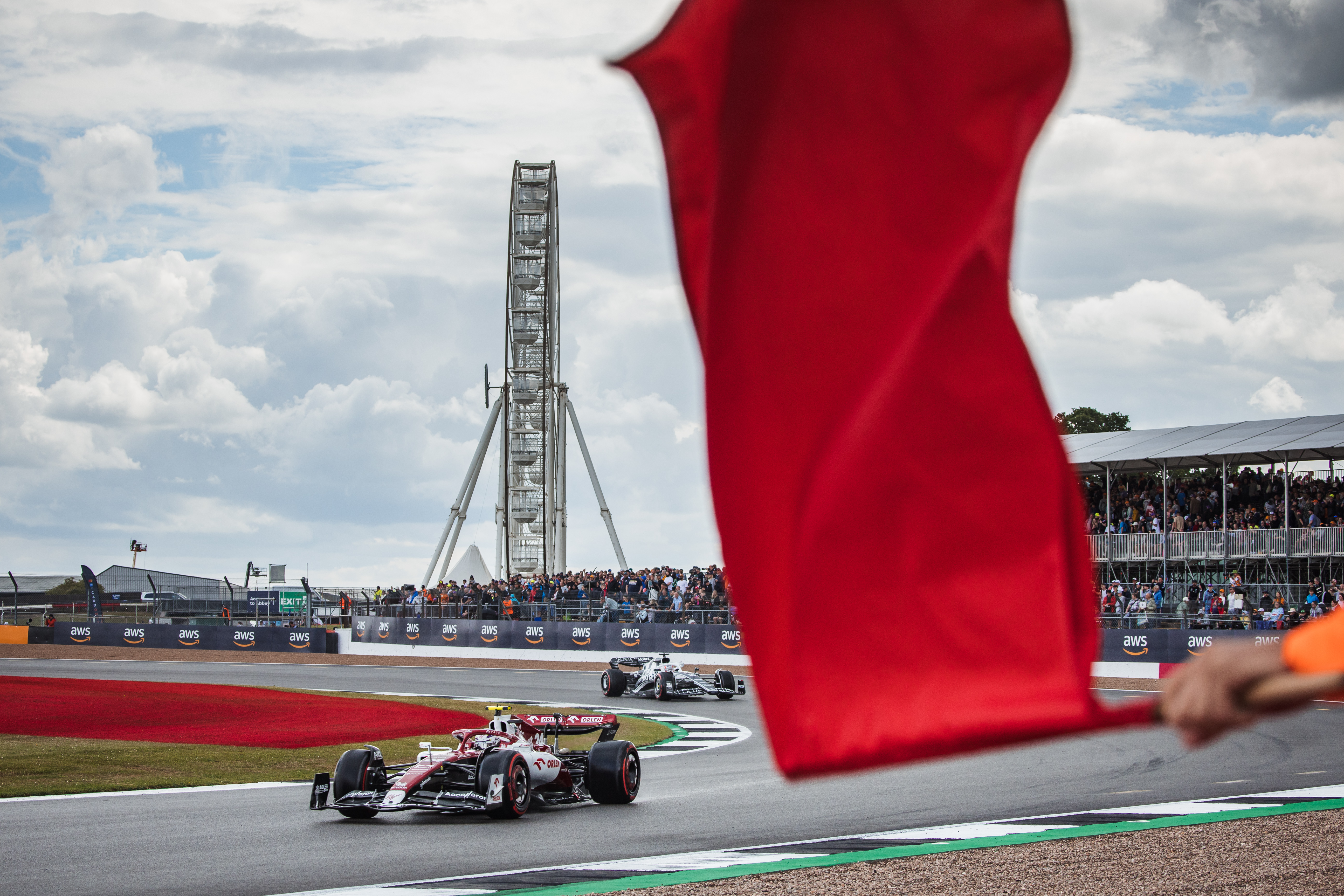
This looks like a pure fishing exercise by the FIA, and I’m sure we’ll soon learn of some outlandish plans once the process formally begins, but it seems a bit soon to be heading down this road – especially when F1 itself has been pretty emphatic about needing to protect the existing franchises.
The current commercial terms, in step with budget capping, are all about making sure F1 has 10 properly healthy and competitive teams turning out two cars each for every race. Unless you’re absolutely sure the existing grid is on a completely sure footing, what’s the point of trying to dilute the pool?
Of course F1 fans would like to see more (competitive) cars and drivers on the grid, but if it means smaller teams like Haas and Williams get pitched back into a battle for survival then the purpose will defeat the object and F1 will be no better off. No one wants a return to late-2014, when the grid dropped to 18 cars as various teams faced financial ruin.
Outfits like Haas, Williams, even Sauber (while it waits for Audi’s cash injection) are still working their way up towards F1’s budget cap, so F1’s competitive and commercial utopia is still some way off. There’s also the question of F1’s push to secure more manufacturer entries ahead of the new engine rules for 2026, and Stefano Domenicali’s stated desire that existing teams be bought out and secured before any completely new ones enter the fray.
Surely it’s best for the FIA and F1 to make sure its current house is in perfect order before anyone starts trying to invite more guests to the party.
Andretti livery by TommyWTF1, F1 2022 car 3D model by Chris Paul Design/Unkredible Studios





